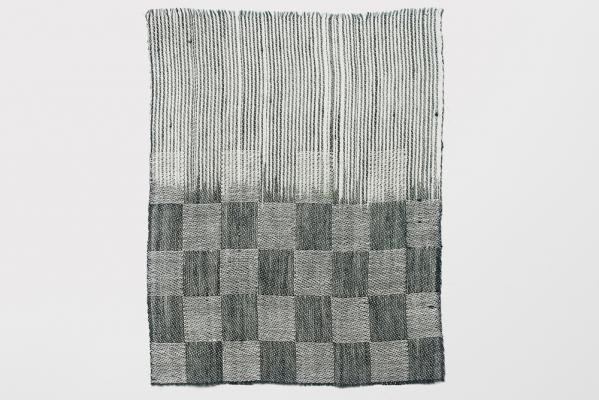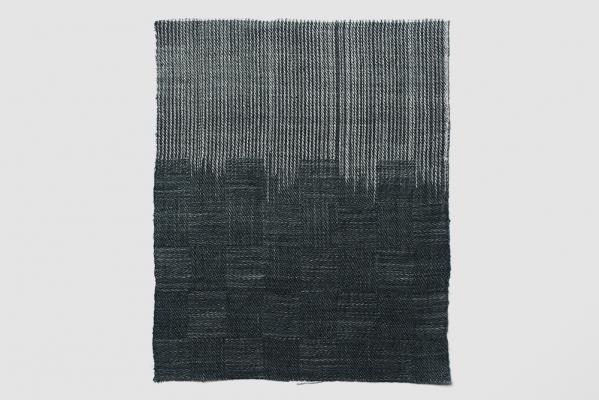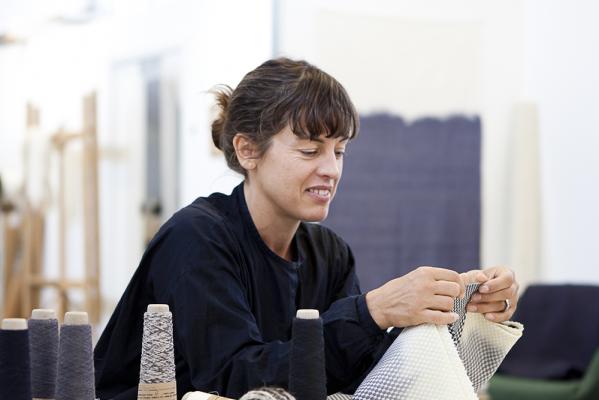Using a clear framework for the work – three types of weave and at most ten shafts – Pärson allows the structure of the woven textiles and the colours and encounters of the materials to speak. The various weaves were used to create stripes, checks and diagonals, which, combined with the varying properties of the warp and the weft, make the sample weavings unique. She uses natural fibres like silk, cotton, ramie, flax and wool, which are combined with paper. Natural shades dominate, complemented by a couple of well-chosen dyed elements. She collected much of the material in Asia during one of her many study and work visits there.
The project’s starting point was to explore the material’s possibilities of achieving a type of balance and sometimes imbalance. A concept of a perfect surface and quality that communicate ideas and memories of experiences from various cultures, landscapes and types of light, sometimes with reference to the history of textiles. The work has aimed to achieve clarity and to present the simple but magical construction of the woven textiles.
The thematic approach and method of the work was weave + set up + material + dye = the recipe for a textile. In the exhibition and book, the results are presented in categories according to the weave, patterning, special equipment and dying techniques.
The project is presented in the book of the same name, which is now being published in a new edition – now also in Japanese! The first edition was published in 2017 and won the Svensk Bokkonst award for excellent book production. The photographs are by Karin Björkquist and the graphic design is by Lisa Rydell. The award jury statement cited the embossing on the cover and the open spine with its visible bookbinding thread, which conveys a visual and tactile understanding of the weaving techniques contained in the book.
Åsa Pärson is a hand weaver who trained at the Swedish School of Textiles at the University of Borås and also has a master’s degree from Konstfack University of Arts, Crafts and Design in Stockholm. She works as an instructor at Konstfack in parallel with working in her own studio, where, in addition to her own artistic projects, she also accepts design commissions, including from Kvadrat A/S. She recently created the upholstery fabrics for the furniture in the new restaurant of Nationalmuseum in Stockholm.


